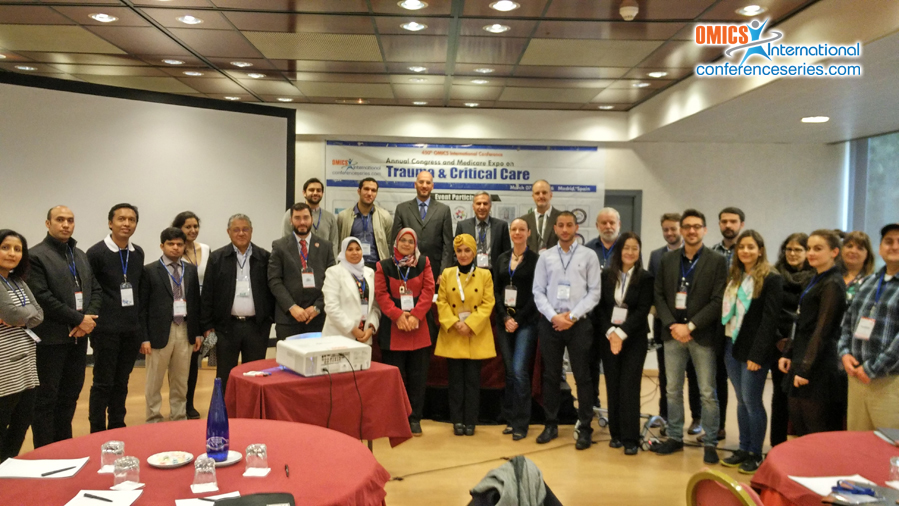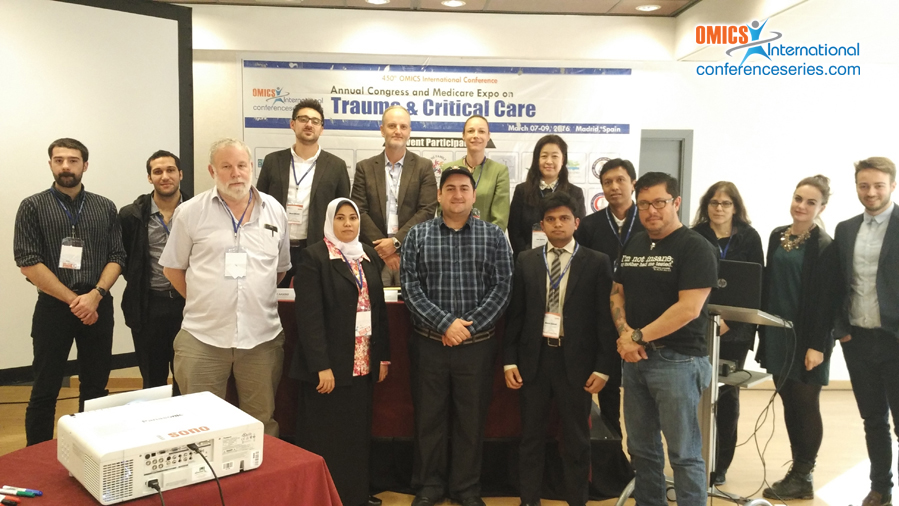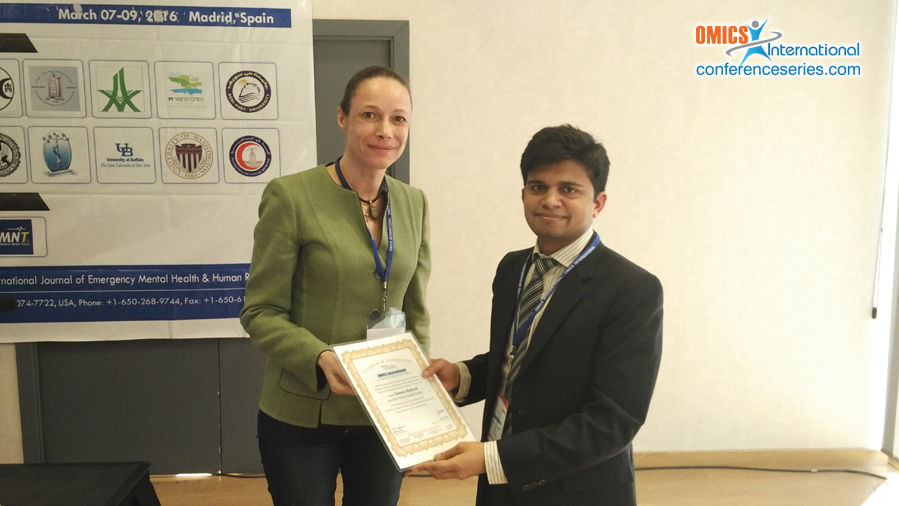
Noman Shahzad
Aga Khan University Hospital, Pakistan
Title: Quality of life after damage control laparotomy for trauma
Biography
Biography: Noman Shahzad
Abstract
Introduction: Though short term survival advantage of damage control laparotomy in management of critically ill trauma patients is established, there is little known about the long term quality of life of these patients. Facial closure rate after damage control laparotomy is reported to be 20-70 percent. Abdominal wall reconstruction in those who failed to achieve facial closure is challenging and can potentially affect quality of life of these patients. Methodology: We conducted retrospective matched cohort study. Adult patients who underwent damage control laparotomy from Jan 2007 till Dec 2013 were identified through medical record. Patients who had concomitant disabling brain injury or limb injuries requiring amputation were excluded. Age, gender and presentation time matched non exposure group of patients who underwent laparotomy for trauma but no damage control were identified for each damage control laparotomy patient. Quality of life assessment was done via telephonic interview at least one year after the operation, using Urdu version of EuroQol Group Quality of Life (QOL) questionnaire EQ5D after permission. Wilcoxon signed rank test was used to compare QOL scores and McNemar test was used to compare individual parameters of QOL questionnaire. Study was approved by institutional ethical review committee. Results: Out of 32 patients who underwent damage control laparotomy during study period, 20 fulfilled the selection criteria for which 20 matched non damage control group patients were selected. Median age of patients (IQ Range) was 33 (26-40) years. Facial closure rate in damage control laparotomy group was 40% (8/20). One third of those who did not achieve facial closure (4/12) underwent abdominal wall reconstruction. Self-reported QOL score of damage control laparotomy patients was significantly worse than non-damage control group (p = 0.032). There was no statistically significant difference in two groups regarding individual QOL measures. Significantly more patients in damage control group were requiring use of abdominal binder, and more patients in damage control group had to either change their job or had limitations in continuing previous job. Our study was not adequately powered to detect factors responsible for worse QOL in damage control group. Conclusion: Quality of life of damage control patients is worse than their age and gender matched patients who underwent trauma laparotomy but not damage control. Adequately powered studies need to be conducted to explore factors responsible for this finding for potential improvement.
Speaker Presentations
Speaker PPTs Click Here




